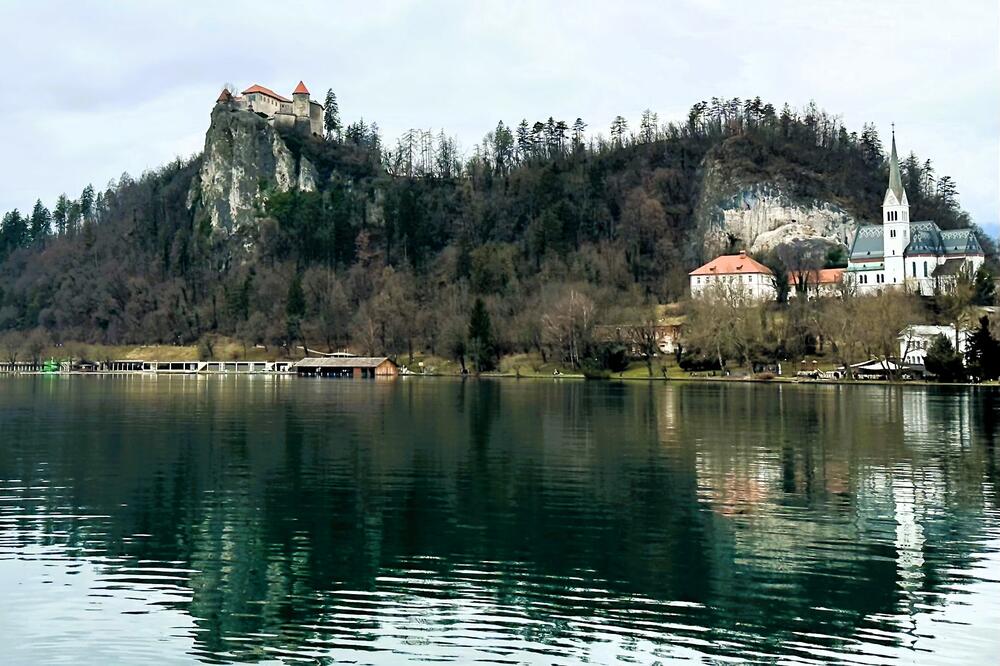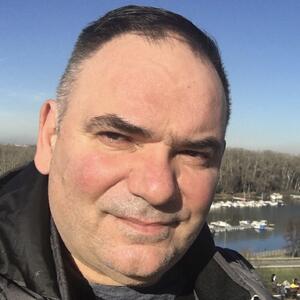The rain saw us off from Ljubljana. Weather forecast apps predicted a dry day in Bled. The rain - say the virtual meteorologists - will continue until ten o'clock in the morning, when we should arrive. During this one and a half hour drive, we observe the gray sky attached to the mountain tops. The highway is almost empty. When we go out to the town on the lake, we realize that the meteorologists were wrong. It's still raining.
We worked it out plan B for this case. We will not immediately go down to the shore of the lake, but first we will drink coffee in a bar Winter, which is located in the upper part of the city. The first few hundred meters through the town, which is just waking up, give the impression of a rich spa town with Alpine construction hints - decorative facades, steep roofs.
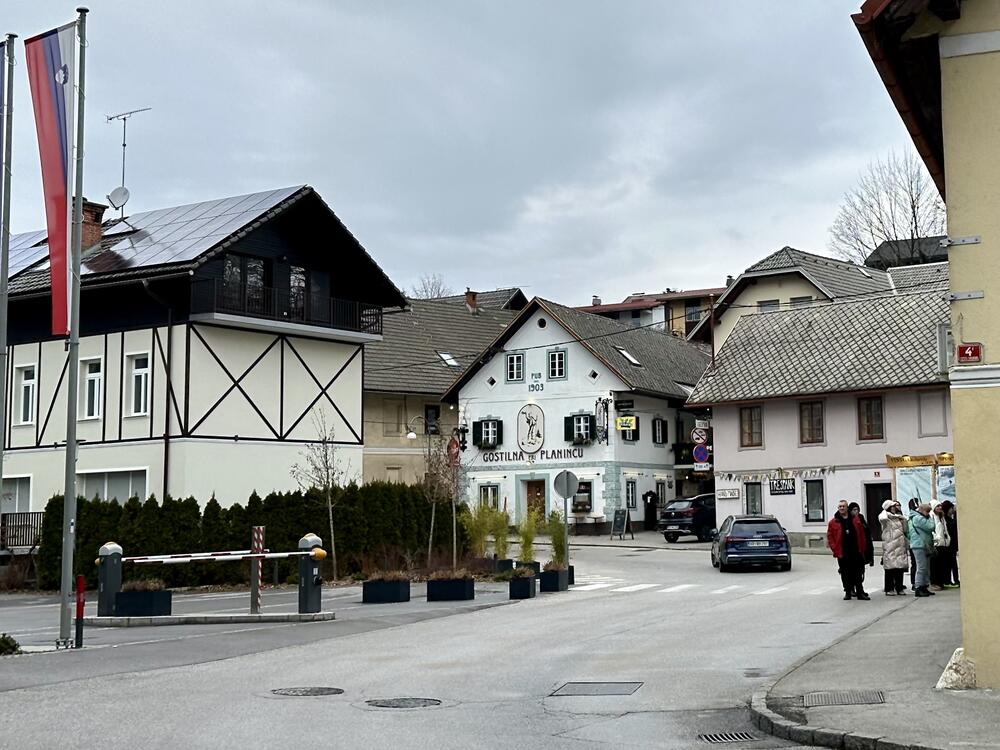
We enter the Winter, unobtrusively located on the ground floor of a house. Almost all seats in the bar are taken, and there is a line in front of the display case with cakes.
"One and only," I read on the board. Who is that one and only since 1966 - almost my generation? "Kremna rezina" is the answer in Slovenian. It is the politically correct name for the cake that became famous under the name Blejska kremšnita. The Slovenian version of the Austro-Hungarian delicacy "cremschnitte", first recorded by a cook in Graz around the year 1800. My childhood was filled with a never-ending dilemma - krempita or champita.
I recognized the Slovenian cousin of those old krempitas, so I had nowhere to go, so I ordered two "rezina" and two coffees. We spent the first hour in Bled waiting in a pastry shop for the rain to stop. Coffee restored our optimism, and the "creamy slice" was truly "the one and only".
The Bled Krempita is actually an imported attraction. Ištvan Lukačević from Vojvodina, who moved to Bled after World War II, modified the old recipe at the Park Hotel. And created a pale confectionary bestseller.
Here, the lake and the buildings around it, as well as the cakes, have an exciting history.
Harmony and measure
The rain is no longer falling, the mist over the lake is dispersing. We orient ourselves towards the spire of the bell tower and soon find ourselves in front of the Neo-Gothic Church of St. Martin. It was built in 1905 on the site of the old church according to the design of Friedrich von Schmidt, the man who also designed the Vienna City Hall.
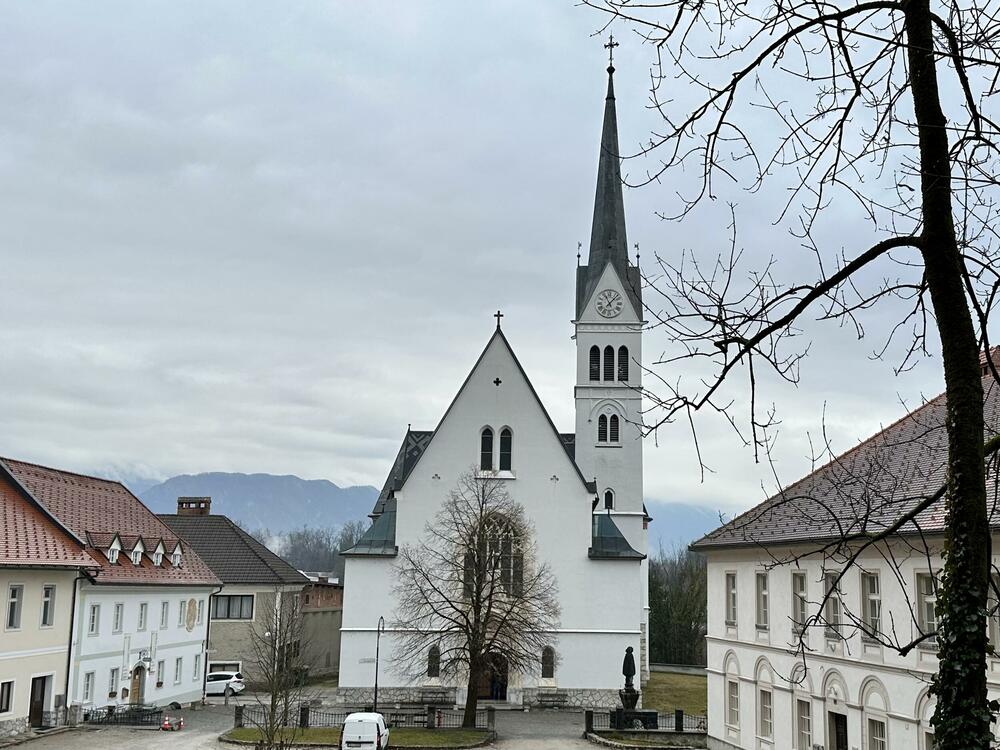
There is no monumentality in Bled, harmony and measure are more appreciated. This is how this church shows its beauty at a second glance. The frescoes are the work of the famous Slovenian painter Slavko Pengov. Behind the church, the stairs carved into the rock begin. Above, high, on a stone cliff, sits the Bled Castle. After a short hesitation, we decide to climb. The pains of the ascent pay off at the latest on the third or fourth change of direction of the stairs. They zigzag along the rock, from each platform Lake Bled becomes an even more beautiful postcard.
On the coast I recognize the famous hotels and the pier. Here, 140 meters above the water, it seems to me that the dock is only a few wingspans away. Who has wings. Since we are neither angels nor birds, on the way back we will need half an hour to go down the stairs and walk along the coast.
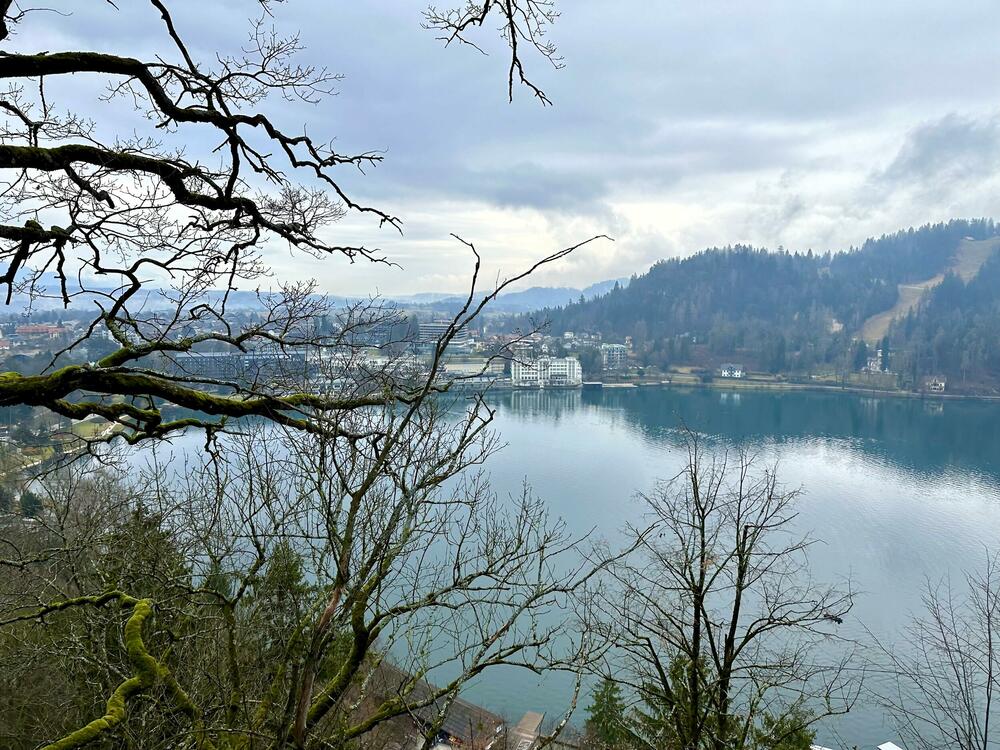
The castle itself did not have a residential part, because the bishops did own the city, but they never dined in it. At the gate of the fortification, it becomes clear that the business-savvy hosts have found a source of income in the sale of a romantic venue for weddings in the chapel and festivities in the restaurant within the walls.
After a short tour, we go down the same road towards the town. We intend to get to know her up close.
A thousand recorded years
Bled was first mentioned in 1004 as a property of the Holy Roman Emperor and German King Heinrich II, who gave it under the name of Feldes to the bishop of Brixen, a small town in present-day Italian South Tyrol. Bled will remain a bishop's fief until 1803. And the fortified castle above the village on the lake is a symbol of that authority.
This does not mean that there was no Bled before that record. Back in the Stone Age, man knew how to appreciate what the surrounding forests and the lake had to offer. Famous European epochs followed - the Celts, the Romans, the arrival of Slavic tribes, even the first Slavic state, the Frankish, then the Habsburg rule until the First World War.
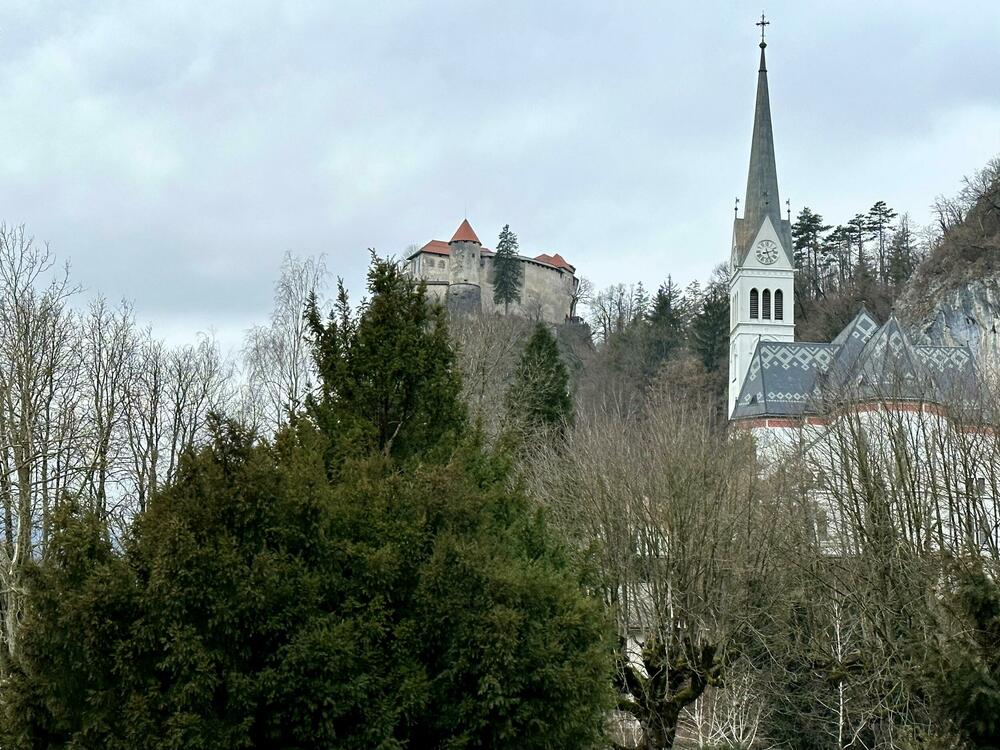
The spa history of Bled got a boost when Arnold Rikli came to the idyllic place on the lake. This Swiss was the founder of a movement that rejected the use of drugs, believing in the healing power of the sun, air and water. In 1855, he moved to Bled, where he founded the "Natural Health Institute". In the summer, he stayed at the lake, and the rest of the year he recruited wealthy clientele in Italy and other European countries to come to this region. It can be said that Rikli invented Bled as we know it today. The fame of spas and resorts grew rapidly. In 1901, Bled made it to the pages of the New York Times: "Bled is a beautiful place, interesting, it deserves to be better known on this side of the Atlantic."
In 1870, a railway crossed the lakeside, and in 1907, Bled got its own station.
France Prešern wrote verses about Bled that will provide him with posthumous glory in tourist brochures: "There is no more beautiful place in Kranjska, like this one with its surroundings, which looks like paradise". It should come as no surprise that the first monument to the great Slovenian poet was erected in 1883 right here, on the shores of Lake Bled.
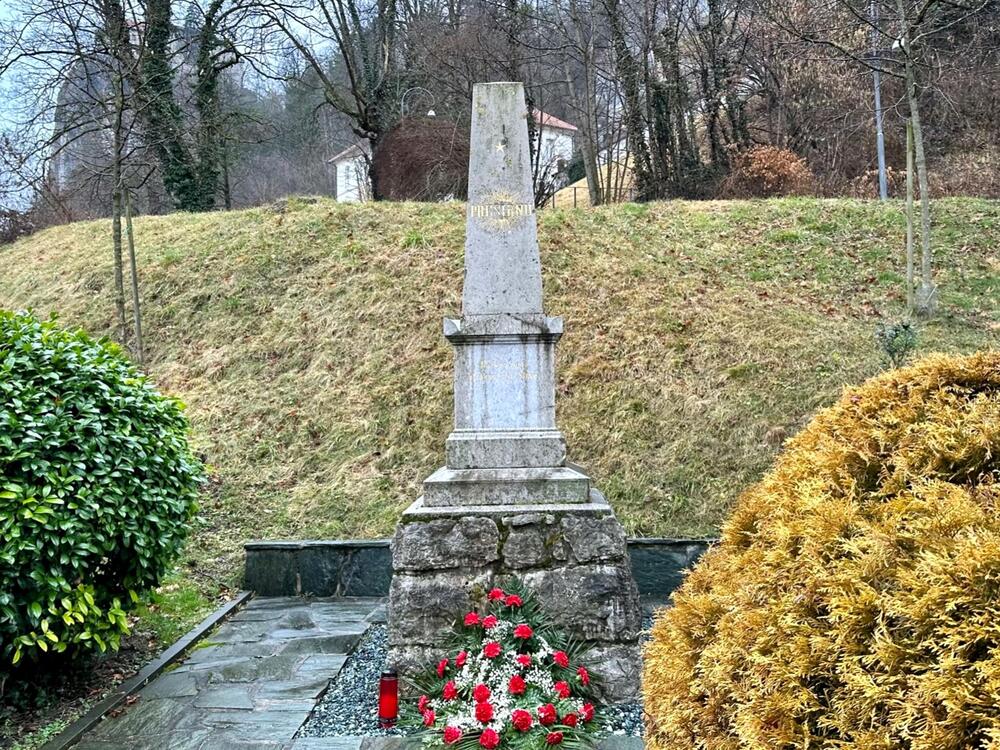
It should be remembered that after the First World War, Bled was chosen as the summer royal residence of Karađorđević. The court suite and ministers, foreign diplomats and statesmen were frequent guests. Milan Stojadinović hosted one of the leading Nazis, Hermann Goering, in Bled. The Reich Commissariat for the consolidation of the German nation in the occupied and broken Kingdom of Yugoslavia had its headquarters in Bled with the task of "bringing the original German land back home". This meant displacement of the Slovenian population, partisan resistance and reprisals. Should we say that after the war Tito had a villa in Bled?
In the second half of the 19th century, 135 villas were built on the shore of the lake. Some of them still give the place a unique bourgeois charm.
Underwater bell
Walking along the shore we stumbled upon a story. The story goes like this: a beautiful woman lived with her husband in a castle. He is killed by bandits and thrown into the lake. The widow vows to collect the money for the bell and donate it to the church on the lake island. She sold the silver and gold from the house, had the bell poured. The masters loaded it onto the boat and headed for the island. A terrible storm arose and sank the boat with the bell. The widow falls into even greater grief. At the bottom of the lake are her beloved and the bell she dedicated to him. Locals say that since then, on clear, starry nights, the sound of the bell comes from the bottom of the lake.

This story has a happy ending for the tourist workers of Lake Bled. They set up a board on the shore that tells the legend in Slovenian, German and English. The outline of the heart symbol is placed on the wooden pier. Even today, tourists line up like on a conveyor belt. How can they not take pictures at the place from where the boat took the bell of love, fidelity and sorrow that will never reach its destination, the church dedicated to the Virgin Mary on the island in the background.
But the story has an additional point. The widow went to a Roman monastery. When she died, the pope personally donated the bell, which then found its place in the church on the island. They say that anyone who hears that bell and makes a wish will have their wish fulfilled.
Bled Island
We wander around Bled, the coast, and the alleys above it. We come across cafes and restaurants, souvenir shops. Although the weather is not ideal, there are more and more visitors. We hear German, Croatian, English, Italian. Of course, Chinese must not fail either. Our sympathies were won by an alpine bear with an accordion. The boy in me immediately sees this figure as a huge toy.

We descend again to the coast below the Park Hotel. A small boat docks there. It is silent. Its engine is electrically powered. Such vessels that take tourists to Bled Island have their local name - pletna. Some say that the name has Slovenian roots - because of the former wicker roof. Others recognize in that word the German root for the flat floor of a boat - plattboden. However, the craft of steering this boat on the lake has been valued since the time of Maria Theresa, when peasants with poorer land were given the right to do steering. That right was passed down from generation to generation.
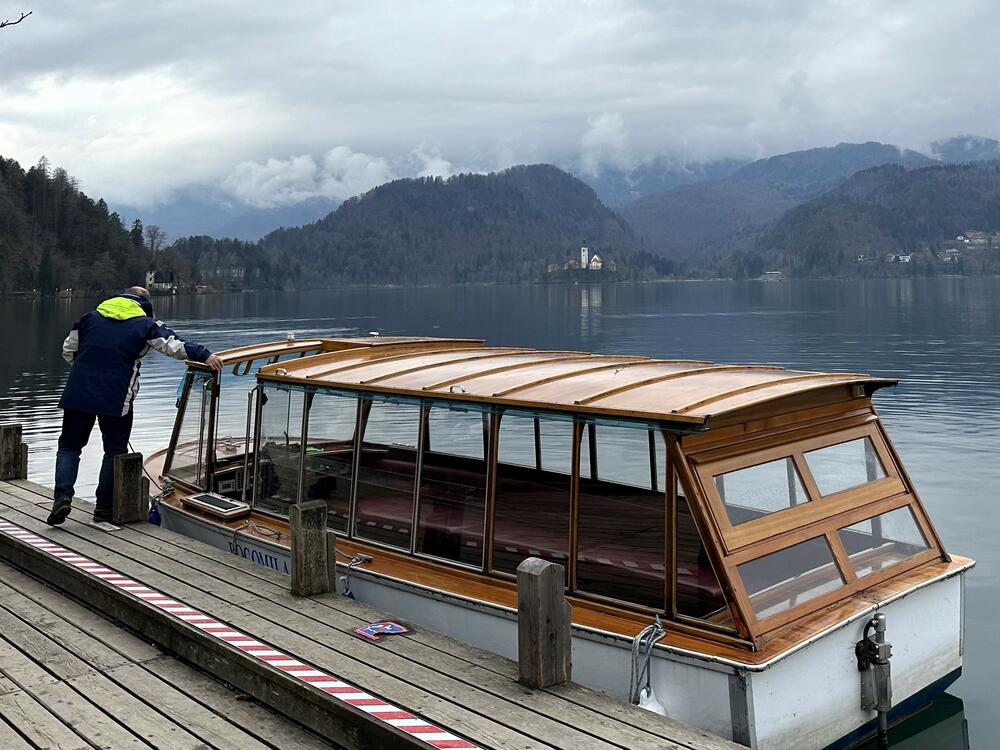
The sailing takes about twenty minutes. The Church of the Assumption of Mary on the Island is the most common advertising motive for visiting Lake Bled. Legend has it that there was a temple of the Old Slavic goddess Ziva, the creator of Lake Bled, in that place. It seems that the beautiful, almost mystical position of the islet has always inspired people to build their cult places on that piece of land surrounded by water and mountains.
The church itself was built on the foundations of an early Christian place of worship, was destroyed in an earthquake and rebuilt, and took on its present appearance in the 17th century. The famous "wishing bell" was cast in 1534 in Padua.
Next to the church is a cafe where you can sit by the window and watch the lake. Because of the conifers, it looks like a blue-green mirror even in winter. On both sides of the island are steps to the docks. For the 99 steps that lead steeply to the church, they say that the groom who carries the bride from the pier to the top will have marital happiness. Fitness training for the groom and a free lift for the bride.
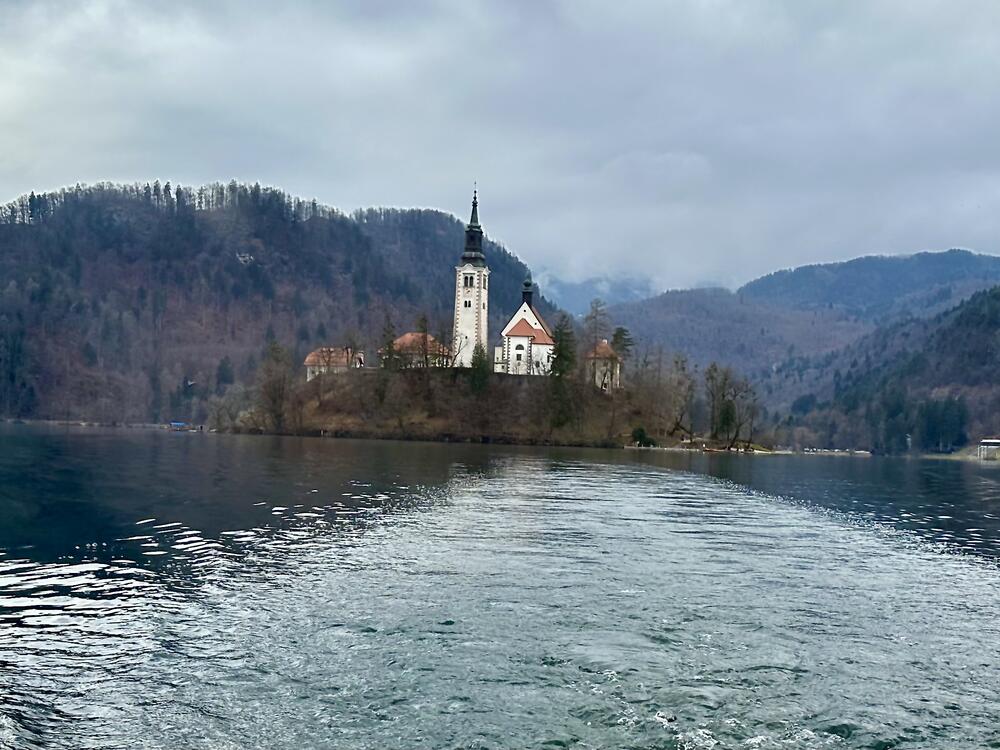
We stay on the island for an hour and a half. We're getting into the same boat. It occurs to me that the bell did not ring during the stay. In the middle of the lake, I strained my ears to see if I could hear even an underwater bell. Just the hum of the engine. We will have to come here again in the summer. The legend mentions a night with stars and the sound of bells from the bowels of the lake.
Bled's precious stone
We already have a goal on the coast. The Rustika pizzeria is the best rated, although its competition is elite restaurants. Luckily we had reserved a table, otherwise we wouldn't have got our turn. After lunch at this place, we agree that it was the best pizza we ate outside of Italy.
Twenty people are already waiting at the modest Bled bus station. According to the way he swears under his breath, the driver is somewhere from Herzegovina. Extremely busy, which for Slovenia is the exception rather than the rule. Among the passengers are two girls from Belgrade. They grew up in Slovenia. Their story about that country is not touristic. Similar statements are familiar to me - this is often the tone of our people across Europe. It all boils down to this: it's not as nice here as people think. And it is much more beautiful there than the people there think.
Understandably, these girls live here and come there for vacation. Our perspectives don't match. We live there, and here we are on vacation. A more talkative girl who has a slight Slovenian accent and misses a few cases, says, for example, that klopa and music are better in her parents' homeland. Slovenians supposedly don't know how to have fun. I would say that the sweet longing for an imaginary homeland is a magic magnifying glass through which they diminish their Slovenia and enlarge their Serbia. The only real cure for homesickness is to return to the homeland. But the two of them say in unison that they can't come back, listing thirty reasons. They are young, they will learn that it is better to love from close than from afar.
This conversation makes me wonder if I could live in such an idyllic place of five thousand souls as Bled. I come to the conclusion that the question is not well posed. It doesn't matter where you are, but who you are with. Bled is a precious stone polished by history. However, the most important thing is to have someone in whose eyes you can recognize the shine of that precious stone - the joy of traveling together.
Bonus video:



